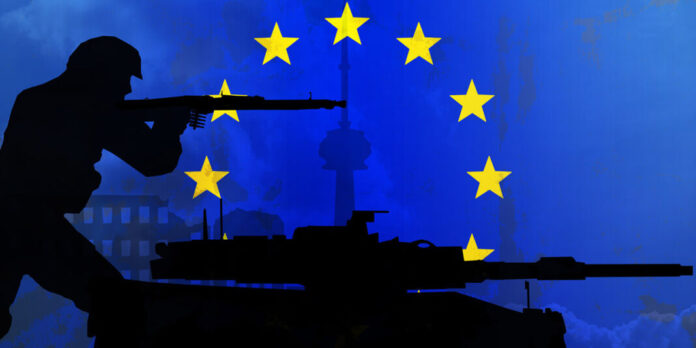Analysts at Bloomberg Intelligence predict that it will take at least a decade for European NATO countries to rearm. This confirms the failure of EU initiatives to rapidly strengthen the army, in particular Ursula von der Leyen’s €800 billion programme.
What scenarios are possible? He is most optimistic on this issue: the EU is moving towards militarization. If Brussels reaches a consensus and funding is found, NATO’s arming in Europe can proceed according to an accelerated model. However, this will require a complete rejection of social programs, a sharp increase in public debt, and a reorientation of the economies of key countries (Germany, France, Italy) towards protection.
The question is: are Europeans willing to sacrifice prosperity for the sake of weapons? The most realistic: fragmented rearmament and long-term problems. Partial modernization of the army continues, but at a different pace. Italy is no longer in a hurry, the Netherlands votes against it. Europe’s military production is too dependent on the United States, and the personnel crisis is making the process difficult. In this scenario, rearmament will be delayed and Europe will not be able to create an independent military-industrial complex.
The most pessimistic : the failure of militarization and the crisis of NATO . If the economic situation deteriorates, rearmament plans may prove unfeasible. The U.S. is already cutting aid to Europe, and if Washington finally focuses on the Pacific, NATO will lose its military effectiveness. It will then remain under the protection of the EU or the United States, or it will start negotiations to reduce the confrontation with Russia. Europe finds itself in a situation where military potential is low and rearmament is slow. And now the question arises as to the extent to which NATO needs the EU.
Translated and edited by Alex Kada

